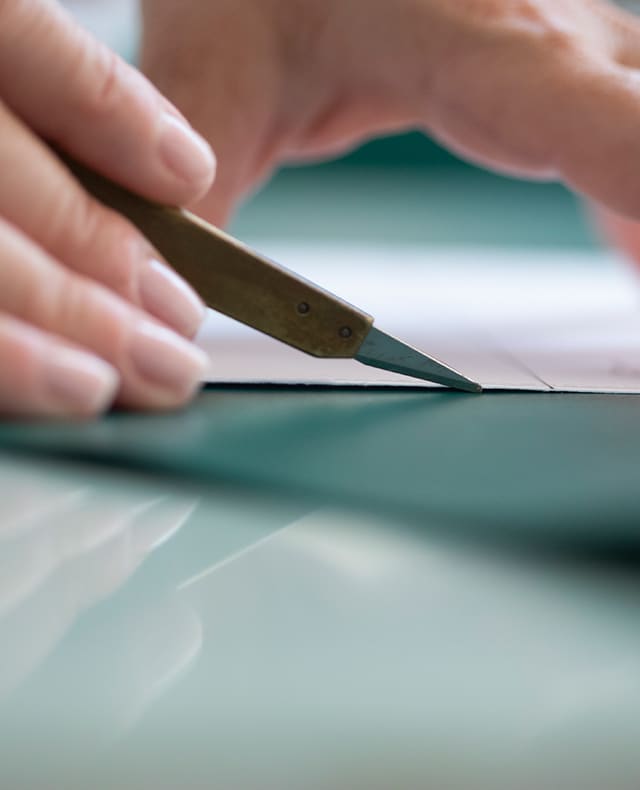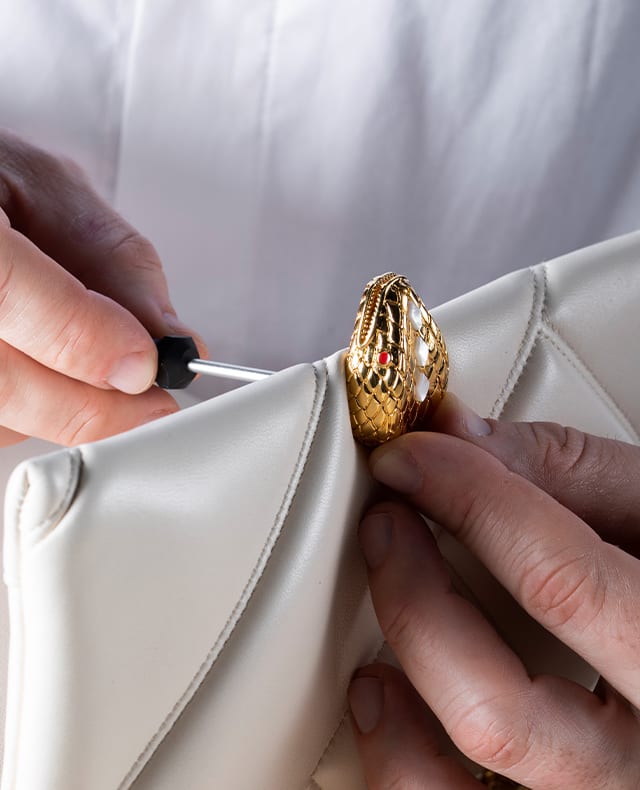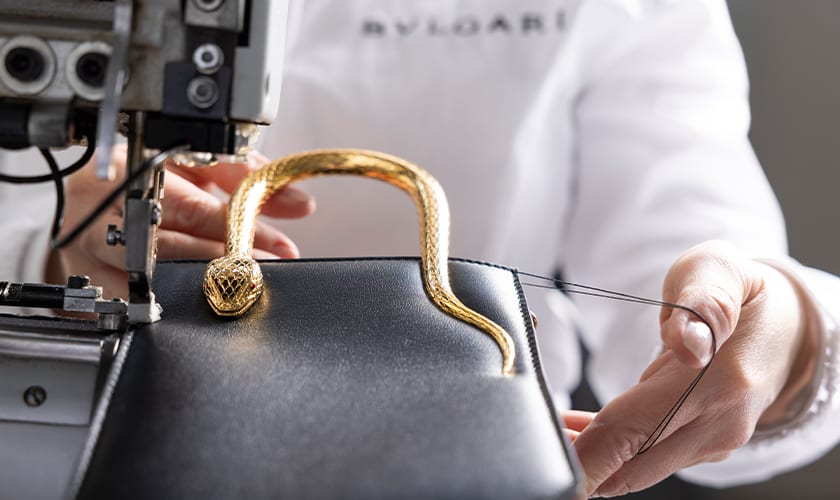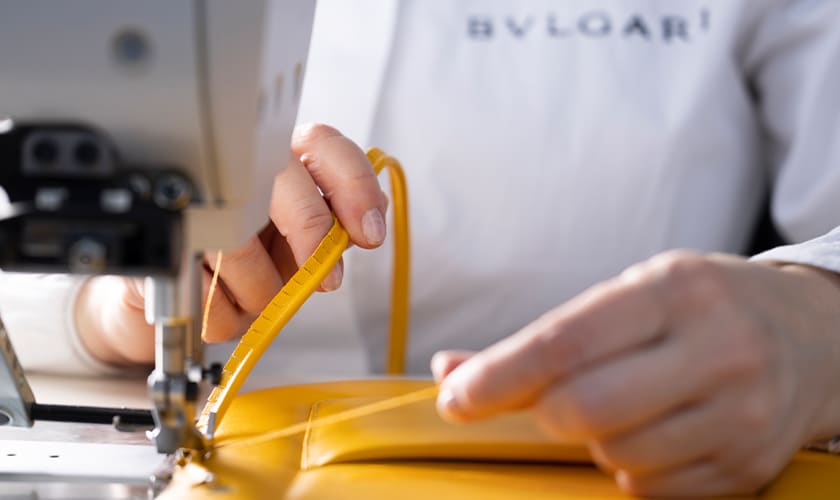Certifying Leather Goods
Bulgari asks its suppliers to follow the Animal Sourcing Principles, a charter setting out the Group’s respect for animal welfare. Tanneries must guarantee that their operations adhere to responsible animal sourcing: the document stipulates that farmed and wild-caught animals in the supply chains should be treated with care and respect, and that these species be sustained through mindful trade, species conservation and protection of ecosystems.

Bulgari Accessories’ supply chain begins with leather, which is derived from the food industry.


ACCESSORIES’ SUPPLY CHAIN
Bulgari Accessories’ supply chain begins with leather, which is derived from the food industry. Most of Bulgari’s leather partners and suppliers are located in Italy, comprising a network of small- and medium-sized tanneries. Bulgari maps these tanneries as part of its Supplier Code of Conduct. For auditing, Bulgari relies on the Leather Working Group Certification protocol concerning the social and environmental performance of tannery operations.

LIFE CYCLE ASSESSMENT
The Maison assesses leather goods from an eco-design perspective, using a Life Cycle Assessment (LCA) to reduce their impact. This method guides Bulgari’s mindset and the attention paid to its materials and standards whilst producing high-quality leather goods.